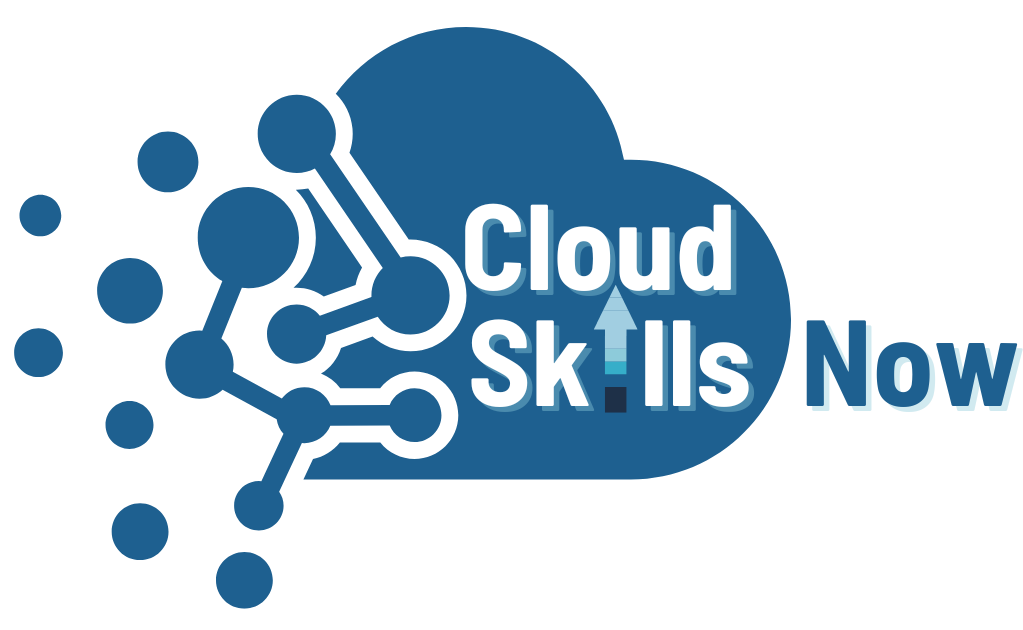Introduction:
Start your IT career with confidence by earning the industry-leading CompTIA A+ certification! Recognized globally, this certification validates your foundational IT skills and opens doors to high-demand roles in technology. According to the U.S. Bureau of Labor Statistics, employment in IT support is projected to grow 6% by 2032, faster than the average for all occupations, making now the perfect time to enter this thriving field.
Our comprehensive training not only prepares you to pass the CompTIA A+ 220-1101 and 220-1102 exams but equips you with practical skills that employers demand. Whether you’re starting your IT journey or looking to advance your career, New Horizons’ proven methods and expert instructors will guide you every step of the way.
Objectives:
This course will prepare the participant to install and configure IT systems, troubleshoot network and security issues, and manage end-user devices in diverse environments. It builds foundational skills in IT infrastructure, including hardware, networking, and cloud computing, while exploring best practices for effective IT support. Additionally, the course offers focused preparation for the CompTIA A+ Certification Exams (220-1101 and 220-1102).
Course Outline:
1 – Installing Motherboards and Connectors
- Explain Cable Types and Connectors
- Install and Configure Motherboards
- Explain Legacy Cable Types
2 – Installing System Devices
- Install and Configure Power Supplies and Cooling
- Select and Install Storage Devices
- Install and Configure System Memory
- Install and Configure CPUs
3 – Troubleshooting PC Hardware
- Apply Troubleshooting Methodology
- Configure BIOS/UEFI
- Troubleshoot Power and Disk Issues
- Troubleshoot System and Display Issues
4 – Comparing Local Networking Hardware
- Compare Network Types
- Compare Networking Hardware
- Explain Network Cable Types
- Compare Wireless Networking Types
5 – Configuring Network Addressing and Internet Connections
- Compare Internet Connection Types
- Use Basic TCP/IP Concepts
- Compare Protocols and Ports
- Compare Network Configuration Concepts
6 – Supporting Network Services
- Summarize Services Provided by Networked Hosts
- Compare Internet and Embedded Appliances
- Troubleshoot Networks
7 – Summarizing Virtualization and Cloud Concepts
- Summarize Client-Side Virtualization
- Summarize Cloud Concepts
8 – Supporting Mobile Devices
- Set Up Mobile Devices and Peripherals
- Configure Mobile Device Apps
- Install and Configure Laptop Hardware
- Troubleshoot Mobile Device Issues
9 – Supporting Print Devices
- Deploy Printer and Multifunction Devices
- Replace Print Device Consumables
- Troubleshoot Print Device Issues
10 – Configuring Windows
- Configure Windows User Settings
- Configure Windows System Settings
11 – Managing Windows
- Use Management Consoles
- Use Performance and Troubleshooting Tools
- Use Command-line Tools
12 – Identifying OS Types and Features
- Explain OS Types
- Compare Windows Editions
13 – Supporting Windows
- Perform OS Installations and Upgrades
- Install and Configure Applications
- Troubleshoot Windows OS Problems
14 – Managing Windows Networking
- Manage Windows Networking
- Troubleshoot Windows Networking
- Configure Windows Security Settings
- Manage Windows Shares
15 – Managing Linux and macOS
- Identify Features of Linux
- Identify Features of macOS
16 – Configuring SOHO Network Security
- Explain Attacks, Threats, and Vulnerabilities
- Compare Wireless Security Protocols
- Configure SOHO Router Security
- Summarize Security Measures
17 – Managing Security Settings
- Configure Workstation Security
- Configure Browser Security
- Troubleshoot Workstation Security Issues
18 – Supporting Mobile Software
- Configure Mobile OS Security
- Troubleshoot Mobile OS and App Software
- Troubleshoot Mobile OS and App Security
19 – Using Support and Scripting Tools
- Use Remote Access Technologies
- Implement Backup and Recovery
- Explain Data Handling Best Practices
- Identify Basics of Scripting
20 – Implementing Operational Procedures
- Implement Best Practice Documentation
- Use Proper Communication Techniques
- Use Common Safety and Environmental Procedures
Enroll in this course
$3,353.75
